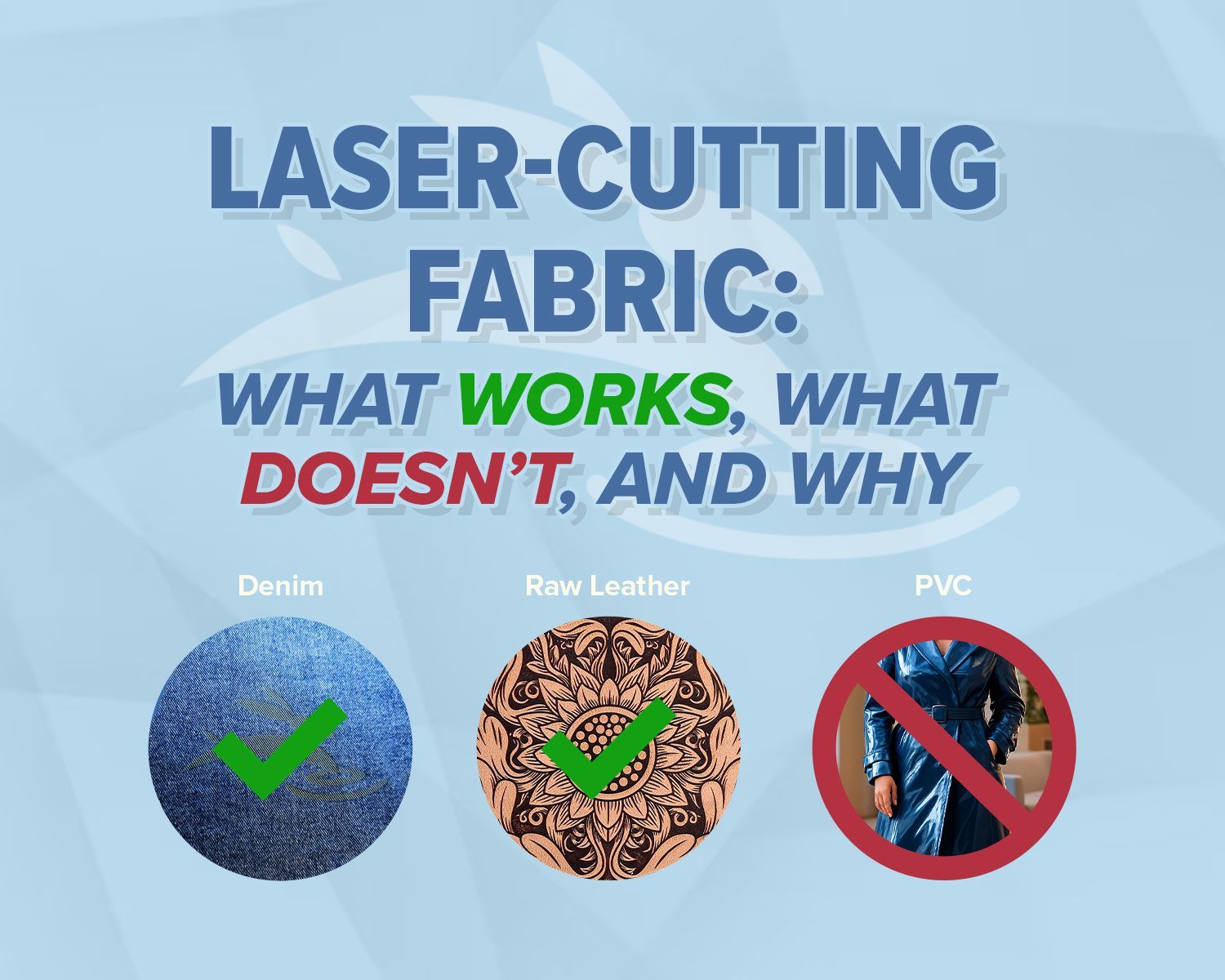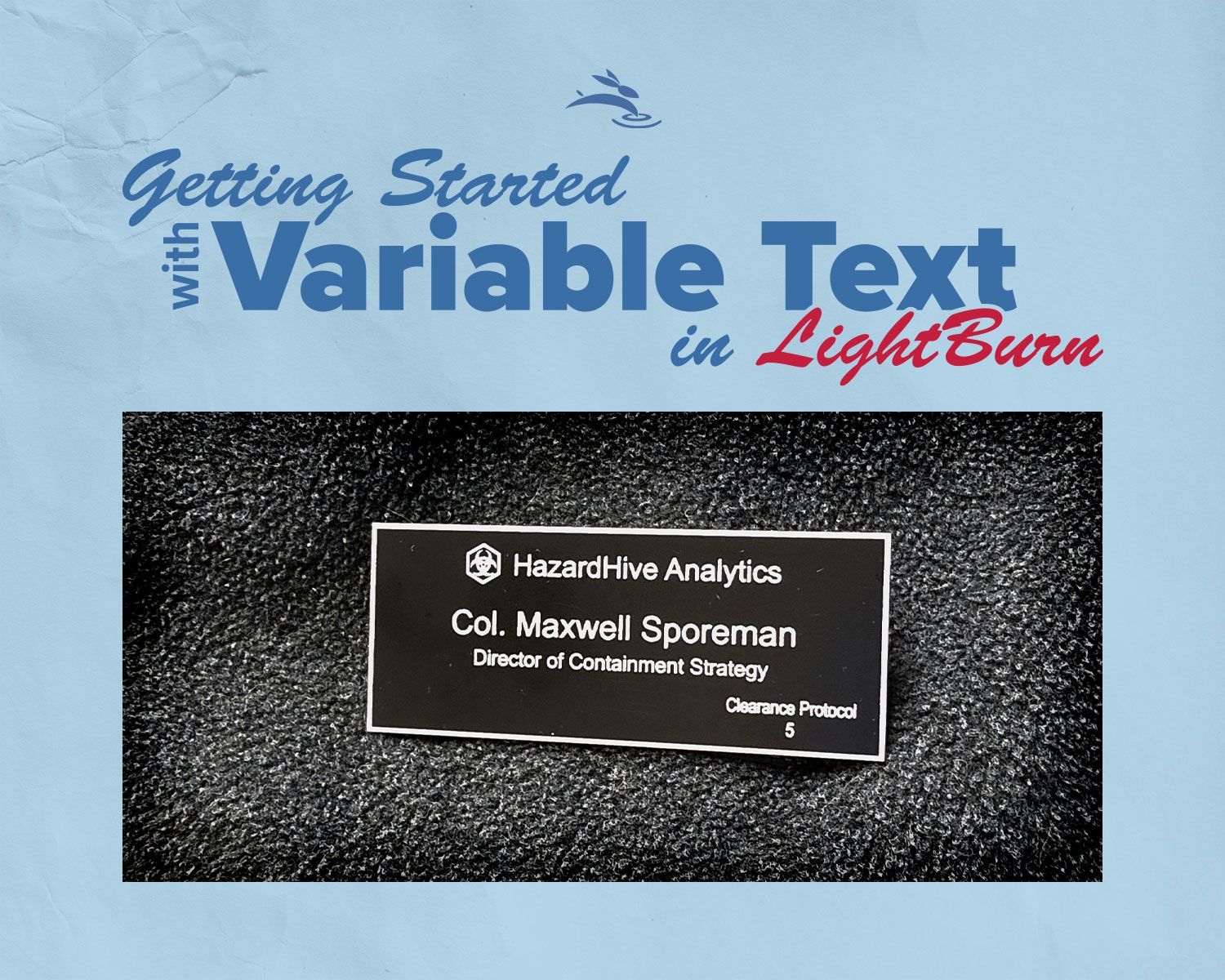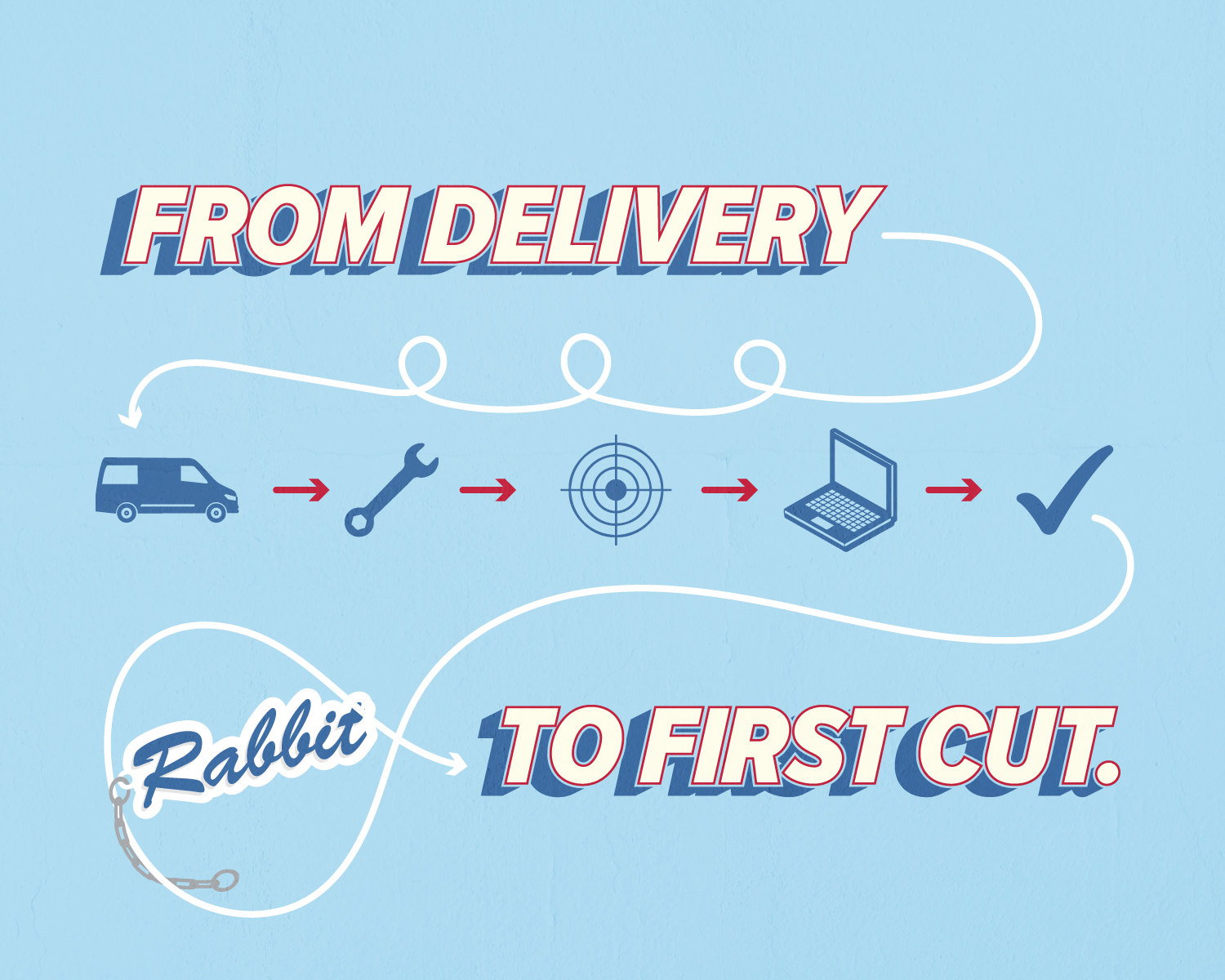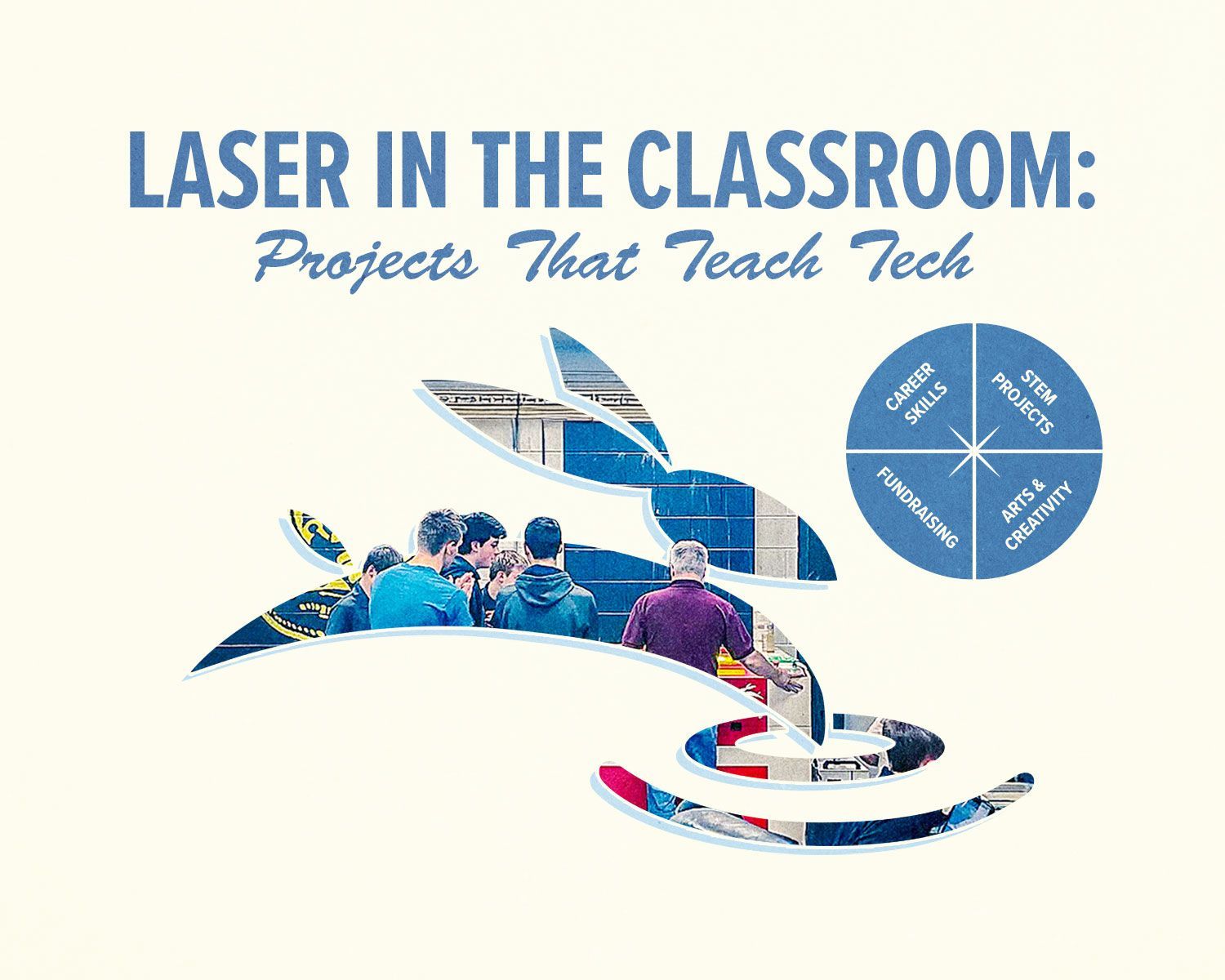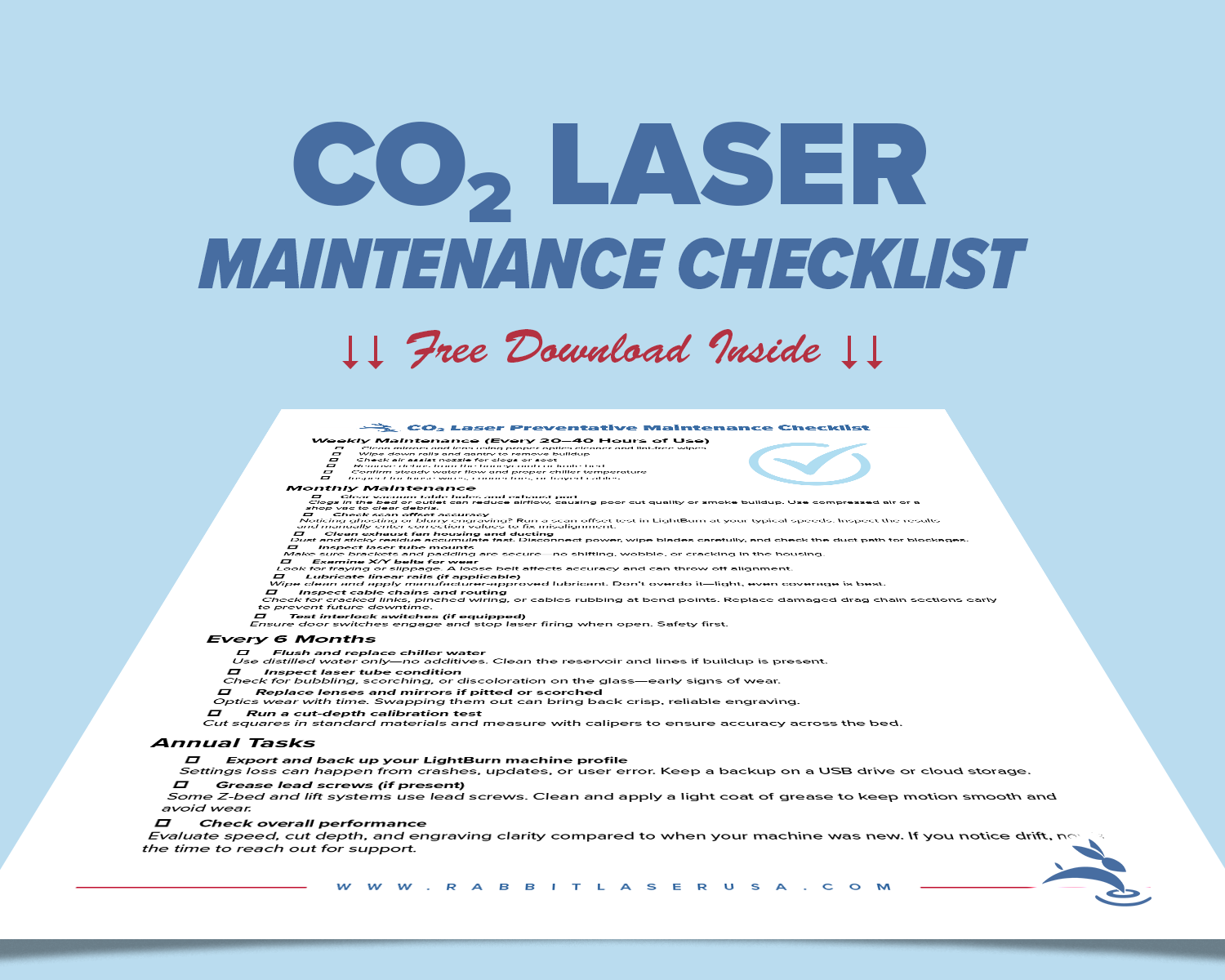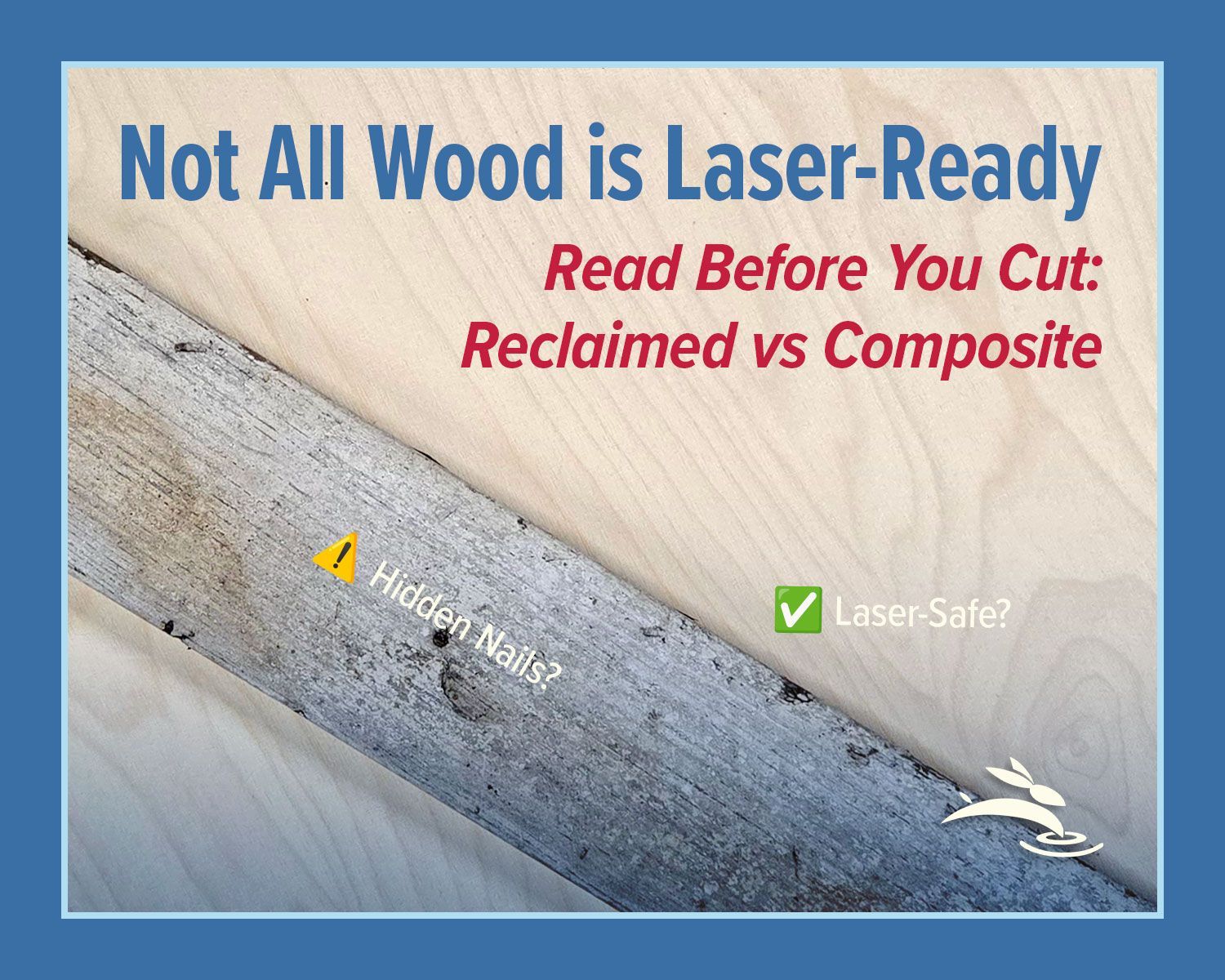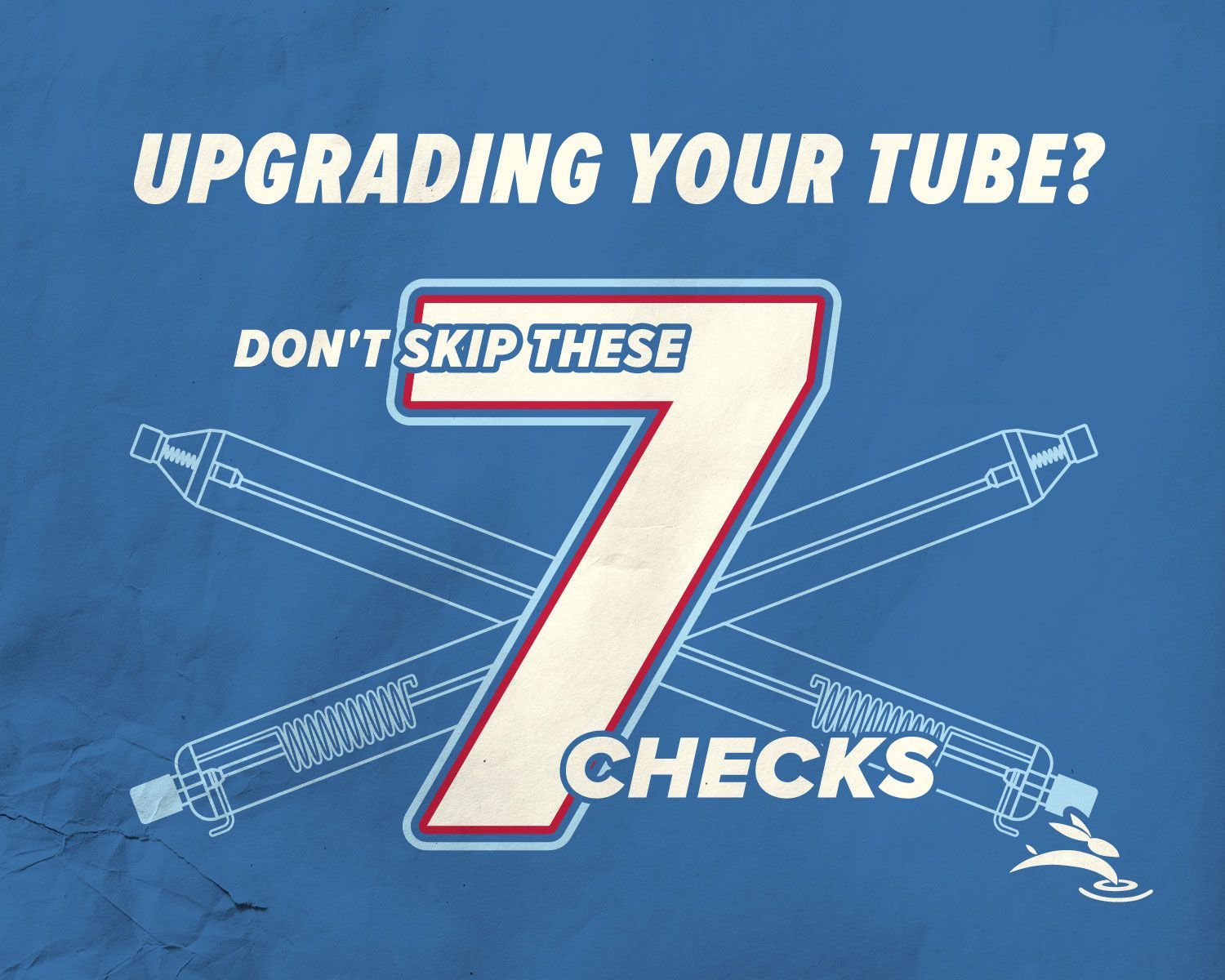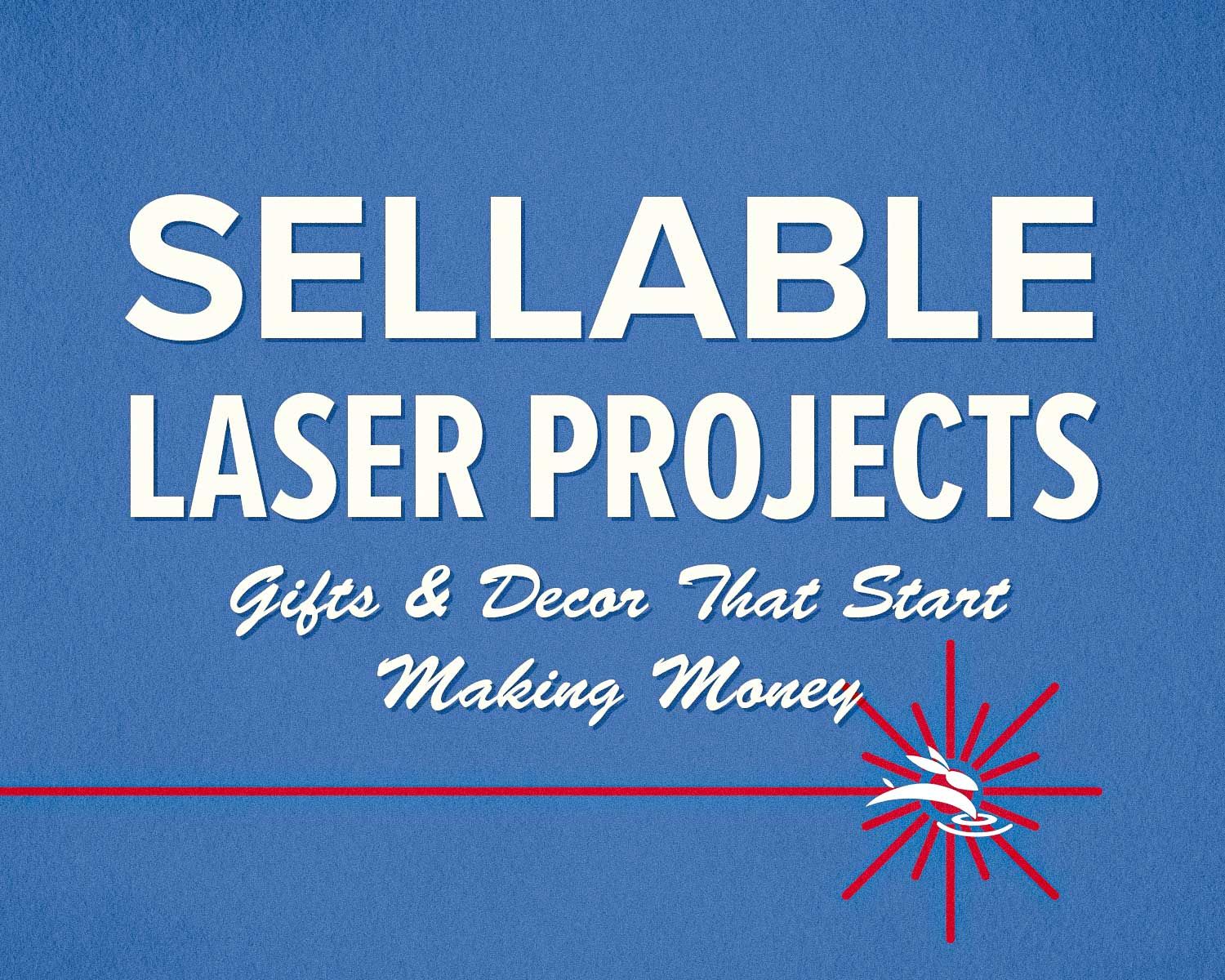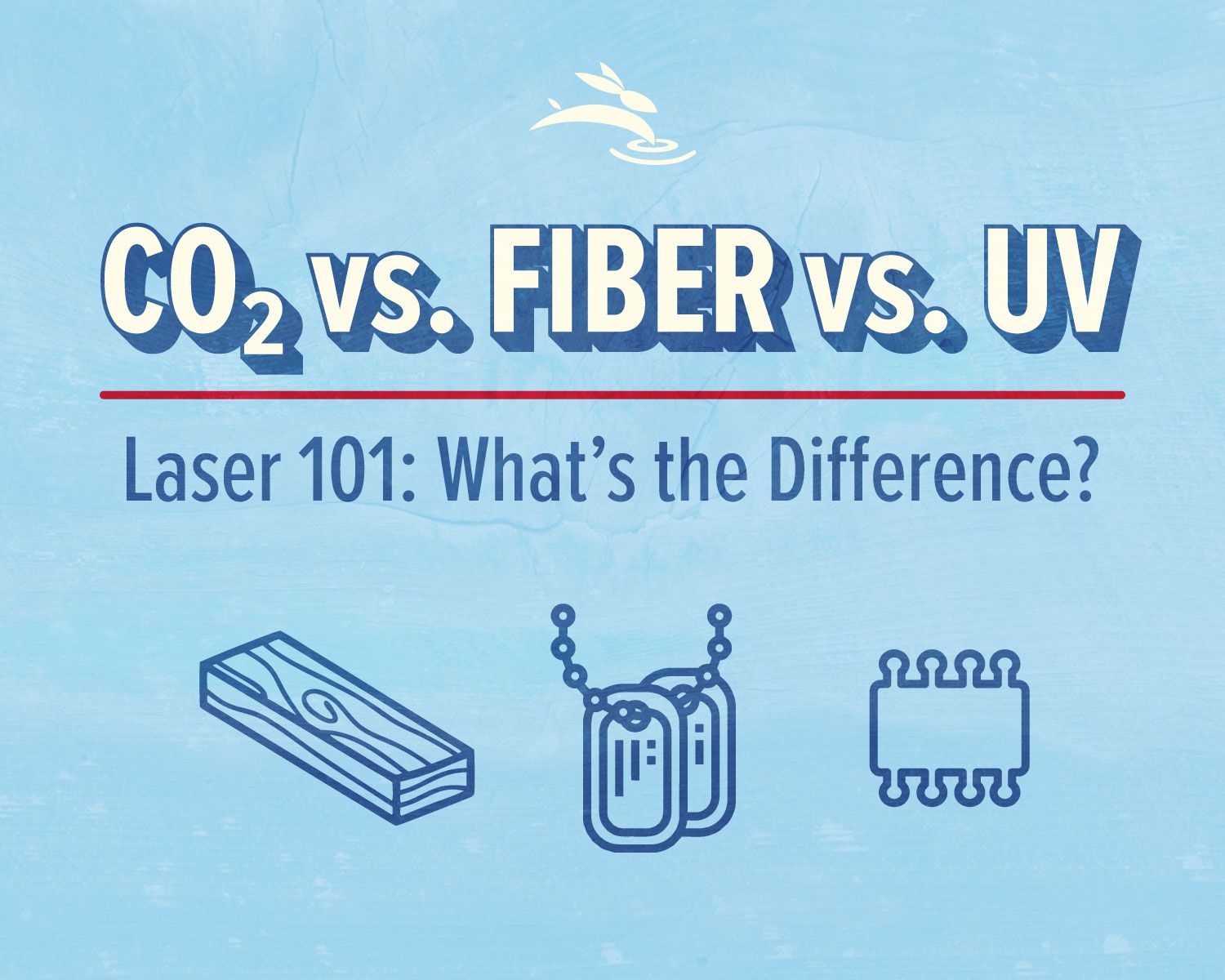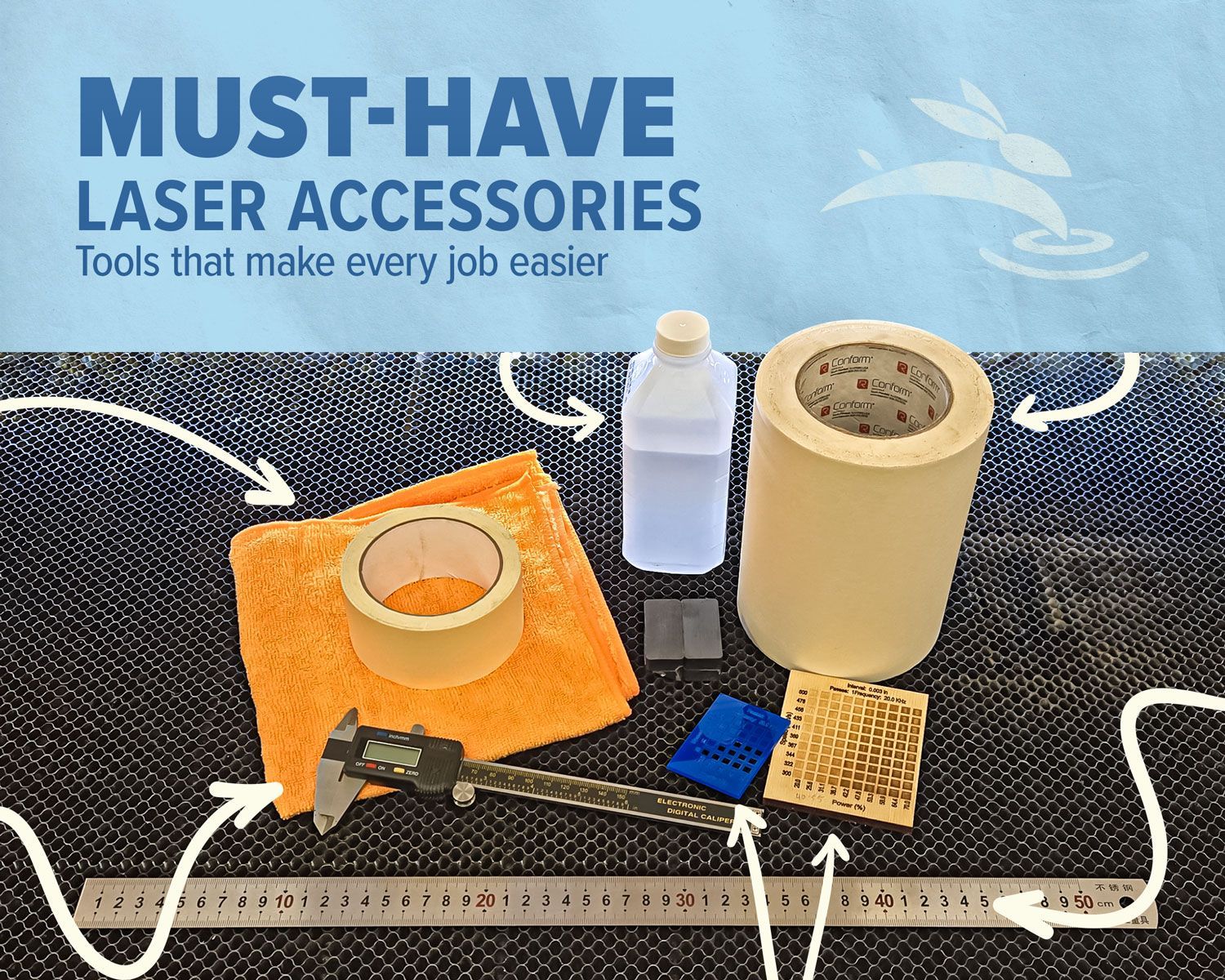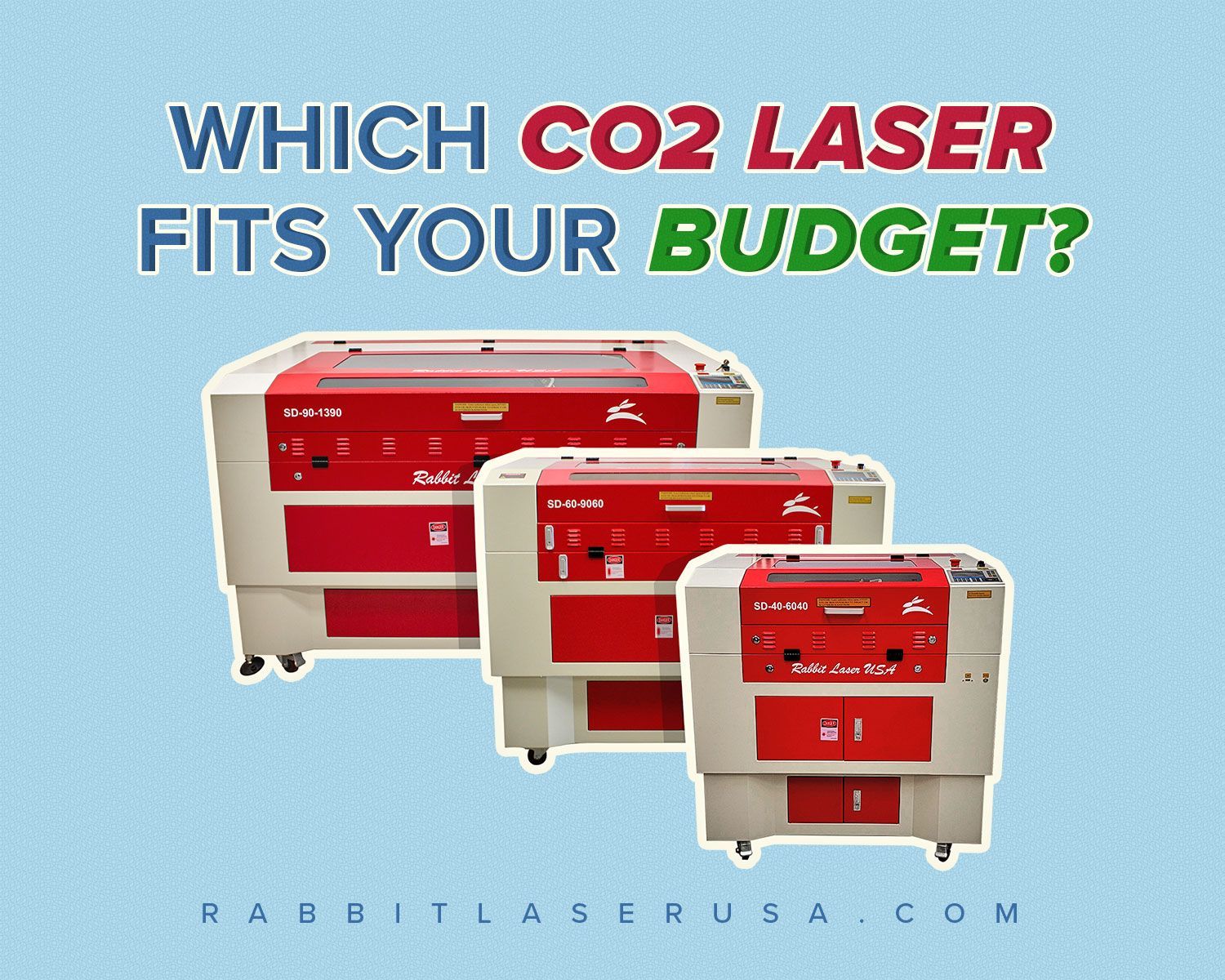Understanding Laser Engraving/Cutting Machine Materials Compatibility
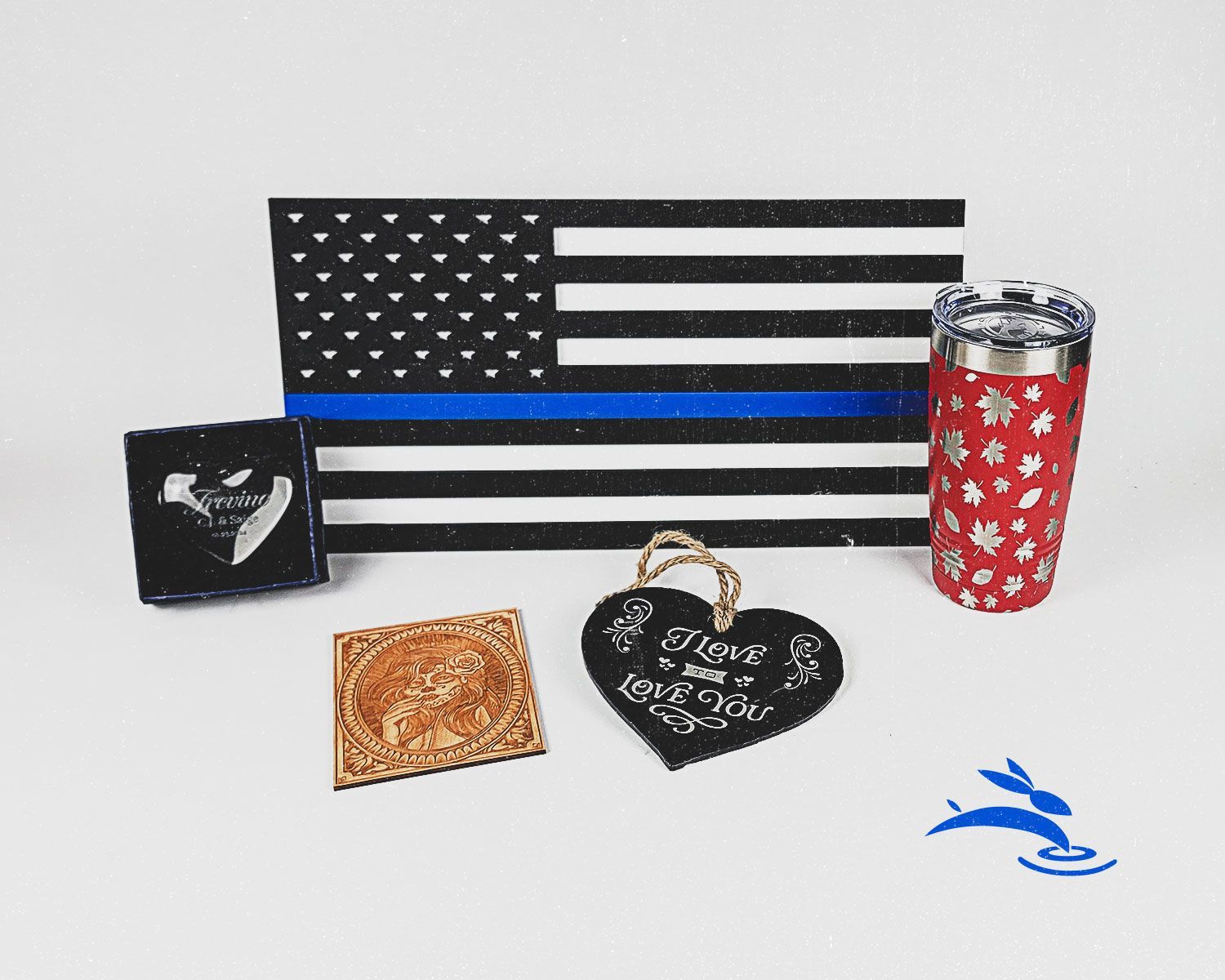
Laser engraving and cutting machines have revolutionized various industries, offering precise and efficient methods for creating intricate designs on a wide range of materials. However, before diving into your next project, it's crucial to understand both the compatible and incompatible materials for these machines.
Compatible Materials
Metal Compatibility:
When it comes to metal engraving and cutting, laser machines showcase remarkable versatility. From stainless steel and aluminum to brass and copper, these machines can handle an array of metals with ease. It's important to note that while CO2 lasers commonly used in engraving machines may not directly cut through metal, high-powered fiber lasers are specifically designed for metal-cutting applications.
High-powered fiber lasers offer exceptional cutting capabilities on various metal materials, including steel, aluminum, and titanium. With their intense beam intensity and precise control, fiber lasers can effortlessly slice through thick metal sheets with remarkable speed and accuracy. Whether you're fabricating automotive parts or crafting intricate metal artwork, fiber lasers provide unparalleled efficiency and quality.
Additionally, CO2 lasers can still be utilized for metal engraving with the aid of products like "Cermark." Cermark is a specialized marking material that, when applied to the metal surface, reacts with the laser energy to create permanent marks. This process allows for precise and durable engraving on metal materials, opening up a world of possibilities for customization and personalization.
Wood Compatibility:
Woodworking enthusiasts and professionals alike appreciate the capabilities of laser engraving and cutting machines on wood. Whether you're etching detailed designs onto hardwood or cutting intricate patterns into plywood, these machines deliver exceptional results. With precise control over depth and intensity, you can achieve the perfect balance of intricacy and clarity in your wood projects.
Acrylic Compatibility:
Acrylic is another popular material for laser engraving and cutting due to its versatility and clarity. Whether you're creating signage, prototypes, or decorative pieces, acrylic responds well to laser technology. With the ability to achieve crisp edges and intricate details, laser machines offer endless possibilities for acrylic applications.
Leather Compatibility:
Laser engraving and cutting machines provide a precise and efficient solution for working with leather. From customizing leather goods such as wallets and belts to creating intricate designs on upholstery and apparel, these machines offer unmatched flexibility and precision. With the ability to control depth and intensity, you can achieve stunning results on various types of leather.
Glass Compatibility:
While glass can be more challenging to work with compared to other materials, laser engraving and cutting machines offer a solution for adding intricate designs to glass surfaces. Whether you're personalizing glassware, creating decorative panels, or etching intricate patterns onto mirrors, laser technology provides precise control and stunning results on glass.
Materials Unsuitable for Laser Cutting and Engraving
Despite the versatility of laser engraving and cutting machines, certain materials should be avoided to ensure safety and optimal performance.
PVC (Polyvinyl Chloride):
PVC emits toxic fumes when exposed to high temperatures, making it unsuitable for laser cutting and engraving. Additionally, the chemical composition of PVC can cause damage to laser optics and components.
Vinyl and Other Chlorinated Materials:
Materials containing chlorine, such as vinyl, should be avoided due to the release of hazardous chlorine gas when heated by a laser beam. These materials can also corrode metal components within the machine.
Polycarbonate and Polystyrene:
Polycarbonate and polystyrene melt when subjected to the intense heat of a laser beam, resulting in inconsistent cutting and engraving results. The melted plastic can also adhere to the laser optics, causing damage.
Foam and Styrofoam:
Please note that certain foams, such as EVA, are considered laser-safe. However, it is crucial to research and confirm the safety of the foam material before cutting. Foam materials typically melt and emit noxious fumes when exposed to laser heat. This can result in inconsistent cutting results and potential damage to the machine.
Reflective Materials:
Highly reflective materials such as mirrors and polished metals should be avoided to prevent the laser beam from bouncing back toward the machine's optics, potentially causing damage or injury.
Conclusion
In conclusion, laser engraving and cutting machines offer remarkable capabilities for a wide range of materials, including metal, wood, acrylic, leather, and glass. By understanding both the compatible and incompatible materials, you can ensure the safe and efficient operation of your laser equipment while achieving stunning results in your projects. Remember to use caution and appropriate techniques when working with different materials to maximize the potential of your laser engraving and cutting machine. 🐰

